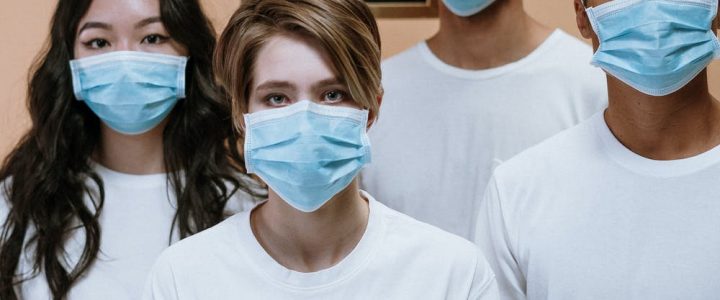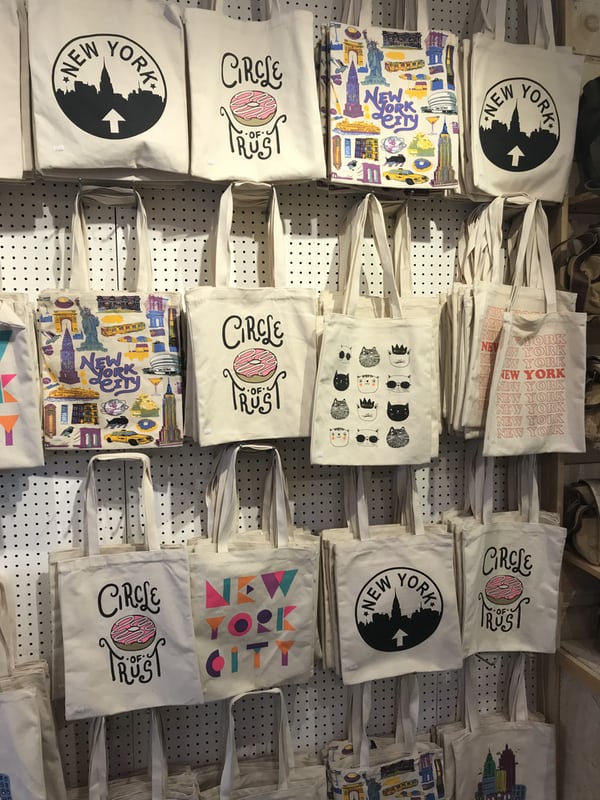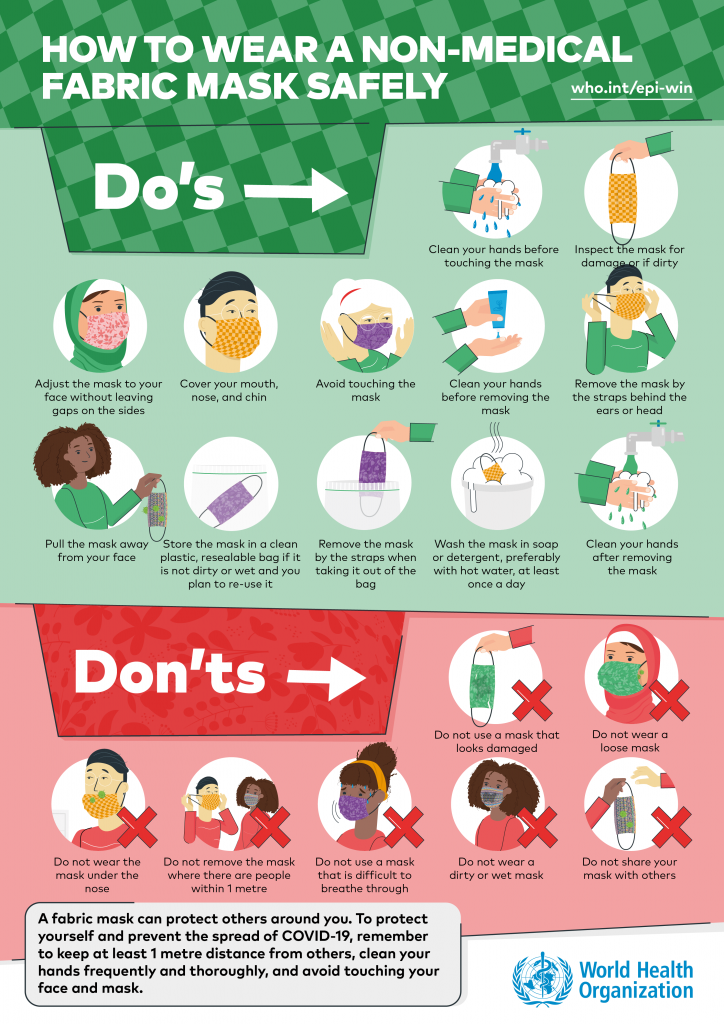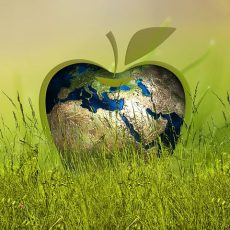
The global pandemic is tough. For anyone who’s lost a loved one, those who suddenly became unemployed, and frontline healthcare workers who are probably without adequate PPE. But it shouldn’t have been tough on our planet. It shouldn’t have been an opportunity for Big Oil to print money and trash our planet at an even faster rate. And yet, here we are.
The COVID-19 state of the world has led to a devastatingly disappointing “Return of the Plastic Bag.”
Plastics, and particularly single-use plastics, had declined in popularity all over the world. More and more countries introduced bans on plastic bags, plastic straws, plastic cutlery and so on, including France, Australia, England, 15 countries in Africa, China (who banned bags thinner than 35 microns in 2008, and are now going all in on plastic bags) and 8 states in the Unites States. But then 2020 came along, bringing COVID-19. Suddenly, there was an opportunity for purveyors of plastic to sneak the product back in front of us, under the guise of public health and safety.
A letter penned by the Plastics Industry Association asked the US Department of Health and Human Services to speak out in support of revocation of any laws banning single-use plastics. Their letter was bold, using emotion to help paint the picture:
Our country is at a critical point in our fight against the novel coronavirus and I am proud to say that the plastics industry is working overtime to produce products and supplies to help in that effort.
Tony Radoszewski, Plastics Industry Association
I’ll swallow that — the medical sector does rely heavily on plastics. I’ll even concede that sometimes plastic packaging offers safer transportation and longer shelf life for some foods. But…
The author of the letter, Tony Radoszewski, President and CEO of Plastics Industry Association, cited 3 studies which reportedly showed “…that reusable bags can carry viruses and bacteria, spread them throughout a grocery store, and live on surfaces for up to three days.”
The problems with these studies are numerable. Firstly, the study size was very small — between all three, they investigated pathogens on only 115 reusable bags. Secondly, 97% of those bags were unwashed for goodness knows how many uses. Thirdly, they were looking to identify potential sources for food-borne illness — some bags had this (E. coli) but most did not. And lastly, one study found that a reusable (plastic) bag which had been the innocent bystander to a violent vomit was then able to pass the norovirus bug onto others. So the use of these studies to then support a roll back on single use plastic bans for the prevention of spreading COVID-19 is almost laughable. Except it’s not, because in many places it worked!
Editorial pieces in the New York Post, the Wall Street Journal, the City Journal, The Reader’s Digest, and Steamboat Pilot & Today have all published stories to slam plastic bag bans, and essentially suggest that the good ol’ plastic bags will keep you safe from COVID-19. There has been fever pitch writing from the American Recyclable Plastic Bag Alliance, who started the initiative ‘Bag the Ban‘ some years ago, to flood the media with “plastic is great” propaganda. And the Independent Women’s Forum has spent an inordinate amount of time and money on articles as well as Facebook ads to strongly imply that single use plastic bags may well be the only way to avoid getting sick. But despite that none of this is based on any evidence, governmental and corporate action has ensued. The opportunistic fear-mongering was effective.
Many grocery stores, cities and sometimes entire states (San Francisco, New Hampshire and Massachusetts for example) have completely banned reusable shopping bags. Maine, Oregon, Albuquerque, Bellingham, and New York City have all decided to stall implementing their plastic bag bans. Unfortunately, the bad news wasn’t just in America. Café chains in the US, UK, Canada, New Zealand and Australia (Starbucks, Dunkin’ Donuts, Tim Hortons, Caffe Nero, Costa Coffee, Pret, Muffin Break, Coffee Club, Gloria Jeans, McDonalds) are refusing to use customers’ reusable coffee cups. In some cases, they will only serve drink-in customers with disposable cups, too. And this is despite an open letter from more than 100 global medical experts to state that using reusable food and beverage systems can be done safely by employing basic hygiene techniques.

Now, then, let’s look at some science. Since the COVID-19 outbreak began, scientists in labs all over the world have been busy. How infectious is the disease? What precautions are needed? How does the disease actually spread? Can we cure it? The US Centers for Disease Control and Preventions (CDC) confirms that the virus is very easy to spread, but that the majority of the time this has to happen person-to-person from aerosolized particles. It is not impossible to spread the disease via contacting surfaces, but it is not the main method of transmission.
To understand the risks associated with surface-to-person transmission, we can look to a couple of recent studies. One such paper had the results in letter form published in The Lancet Microbe. It looked at the virus stability under certain conditions and in certain environments (surfaces). This showed that the virus became undetectable on paper after only 30 mins, and was undetectable on cloth by Day 2. Both stainless steel and plastic held a detectable amount of the virus until Day 7, as did the inner lining of a surgical face mask. This result strongly suggests that cloth (like perhaps a reusable tote bag?) would harbor the virus for a much shorter period than its plastic peer.
Results from the study conducted by a team from the National Institute of Allergy and Infectious Diseases (NIAID), the CDC, Princeton University and the University of California, Los Angeles, which was published in the New England Journal of Medicine show something very similar. The virus was most stable upon plastic and stainless steel surfaces, remaining readily detectable until 72 hours in each case. On cardboard they found the virus detectable up to the 24 hour mark — which is a relevant talking point given that US Postal Service, Fed-Ex, UPS, Amazon, Australia Post and Royal Mail all report increases in package delivery during COVID-19 lockdowns.
The volume of plastic floating around in the world (and will likely soon be floating in waterways — the UN states that approximately 13 million metric tons of plastic waste makes its way to our oceans each year) has been increasing rapidly. Medical use for plastic and PPE has of course increased, which no one would suggest as being frivolous. But single-use gloves and surgical masks being strewn onto sidewalks or making their way into drains is indefensible. The reason that anyone outside of a hospital or care facility would use single-use gloves is actually beyond me. Once you touch something, anything at all, in a public space, they should be removed and replaced with a new pair, if indeed you are to expect protection from the gloves. The gloves aren’t antimicrobial, so any pathogen coming into contact with the glove is then simply transferred to the next item you touch, which may be your phone or purse. Thorough hand washing in warm soapy water whenever you can, and using alcohol hand rub when you can’t, are the mainstays to your personal hand hygiene — not gloves.

This brought me to a thought which turned out to be a can of worms: what about the actual food I touch? What should I be doing with my fruit and veg? One recommendation, a YouTube video from Dr Jeffery VanWingen went viral (ahem), said to wash anything with a smooth surface in warm soapy water. But shortly after that video was published, he voluntarily edited it, based on heavy negative feedback – soap is for our skin or dishes but not our food – so Dr VanWingen now suggests washing the produce thoroughly in running water. There have been no confirmed cases of COVID-19 being passed on via food or even food packaging. So the World Health Organization and Food and Drug Administration both recommend to use cold running water for at least 20 seconds to wash your fresh produce. Don’t, under any circumstances, use bleach or household/skin soaps. And use soap and warm water to wash your hands for at least 20 seconds before and after washing your produce. The recommendation from the WHO and FDA for food packaging is to wash your hands after touching it when prepping the food and of course again directly before eating. But in truth, these guidelines are no different to pre-COVID-19. And this pandemic does not require the use of single-use plastic produce bags.

In terms of masks, they are a must in many parts of the world. But there is no reason to use a single-use mask if you are not a healthcare worker or particularly vulnerable (in which case you’d likely be best not to leave your home). Very many people with a talent for needle and thread are making snazzy cloth masks — designs to suit your every mood! Ensure they have at least 2 layers of fabric, although the World Health Organization recommendation is that they have three: the outer layer should be water resistant and made of polypropylene, polyester or a blend; the inner layer should be absorbent, made of cotton or cotton blend; and the middle layer acts as a filter, made of synthetic non woven polypropylene or cotton. And they must be washed in hot water after each day’s use (or more often if visibly soiled). The mask must be large enough to cover your entire chin and extend to the bridge of your nose, and fit snugly so that there are no gaps between mask and face when you’re speaking. Here’s a helpful video for more info, including correct application and removal. The mask needs to be dry completely before the next wear – and here’s a bonus tip: you can microwave them dry (if there is no metal nose holder clip!). Once the mask is on, don’t touch it. If you know you’ll need to use it again in a few hours, store it in a sealed bag, like a silicon freezer bag. And please be prepared to stop someone in their tracks if they toss single-use masks or gloves on the sidewalk.

So at the end of the day, long after the pandemic is over, the climate crisis will still be in full swing. We can’t forsake the planet for a short-term convenience, arguably, humankind’s MO from day dot. So take the opportunity of #plasticfreejuly to have these conversations with your friends, question your local store on the reason for their new, un-eco policies, and be prepared with the above evidence to debate the plastic propaganda doing the rounds. Now is not the time to return to lazy single-use plastic dependence — we had started to come so far in dong away with it — we can’t let Big Oil and the Plastics Industry Association win.




